VDMA India and EAC jointly organised a webinar to highlight the opportunities in manufacturing robotic automation.
Story by: Deven Lad
Globally, economies continue to reel under the Covid-19 infused degrowth. The world over, the supply and demand-side shocks have resulted in disruptions that continue to challenge production plans. Plant closures are known to have caused steep revenue losses for manufacturers. The lower manufacturing index has translated to a loss of jobs, especially for the contract employees. To overcome disruptions and volatility, manufacturers need to restore supply chains to pre-covid levels. Companies need to turn to manufacturing with the use of robotic automation. The focus is to optimise in-house manufacturing resources and cut the dependence on external third-party vendors for such requirements. German Engineering Federation – VDMA India and EAC International Consulting tapped into this domain and set out to address manufacturer concerns around regaining productivity in their webinar.
To develop a high degree of agility and resilience, manufacturing robotic automation was put forth as the need of the hour. Averred Rajesh Nath, Managing Director of VDMA India, “The need of an hour is to take gradual steps to enhance automation and generate a return on investment. Automation without a high capital investment.” “AI, machine learning and robotics will help manufacturers to produce quality products at a better cost,” he opined. Turning a catalyst to help the industry make the transition to automation with a higher degree of resilience, Nath projected the growth of Industrial automation at 10-12 per cent rate by 2022 to touch a market valuation of USD 3.1 billion by 2022.
Automation led recovery
Touching upon the as-is where is basis in the aftermath of the pandemic, Unmesh Lohite, Principal at EAC International Consulting drew attention to the current adoption rate of robotic automation in India. He highlighted the role of robotic automation in recovery, status quo, cost factors, challenges, adoption parameters, decision factors, application potential, growing penetration through R&A success stories. Using these as a benchmark, manufacturers must adopt new Standard Operating Procedures (SOP) for social distancing. Compliance of safety norms and preventive measures like temperature checks, sanitisation, staggered-shifts and transport will be the initial set of challenges for manufacturing plants. Explained Lohite, “The Covid impact has led to a decline in the manufacturing output and a rise in operational challenges. Robotic automation deployment here emerges as a potential mitigation option.” He attributed the limited availability of raw materials due to logistics and supply chain disruptions to the partial or total shutdown of operations as a result of the government imposed lockdown measures. In April 2020 alone, for instance, degrowth of (-)16.2 per cent was registered.

(L to R top): Rajesh Nath, Managing Director of VDMA India, Krishna Bhojkar, Head Manufacturing Engineering Department, Volkswagen India, Unmesh Lohite, Principal, EAC International Consulting (L to R bottom):Gautam Rawal, Country Business Unit Head – Factory Automation, Siemens Ltd. and Krishnan R Iyer, COO, Schwing Stetter India
Mitigation potential
Robotic automation solutions have the potential to mitigate the challenges faced by manufacturers. As businesses start to register a recovery gradually, they will play a critical role in enabling users to attain the new normal with the adoption and sophistication degree expected to improve with each passing recovery stage. Added Lohite, “In intelligent automation, we hope to see a rise in artificial intelligence, machine learning, Industrial Internet of Things (IIOT) and analytics-led intelligent automation. Lohite opined, manufacturers would increasingly resort to automation across processes like inter-process communication for a connected shop floor. Critical processes like quality, assembly, production would frequently come to terms with the growing prominence of robotics and image processing. The bottom line being the elimination of redundant and repetitive activities to compensate for the loss of workforce.
SWOT analysis
As per statistics, India is a developing market with only one per cent of global robotics installations. Growing at 21 per cent Compounded Average Growth Rate (CAGR), growth in robotic installations during 2012-18 was driven by automotive plant expansions and modernisation exercises that followed. While talking about crucial technologies, he added that variations in technique and usage demand have led to a wide range of solutions on the supply side and customised end-user requirements on the demand side. The challenges in adoption and implementation are compatibility issues, import dependence on parts and limited cybersecurity infrastructure. The new avenues will drive the shift to overall operational resilience and optimal human resources utilisation.
 Testimony to it is the body shop. It is growing at a high level with automation, for instance. More than 2000 robots are installed every year, and all significant robots manufacturers are present in India. At Skoda, for example, the automation levels are at an estimated 35 per cent level currently. New products are expected to enhance automation by another 45 per cent. With a total of 122 factories, Skoda builds approximately 45,000 cars per day. “Unfortunately we don’t know how bad the impact is and our numbers are still growing. It hasn’t flattened, and there are many unknowns, so the ROI levels are uncertain,” expressed Krishna Bhojkar, Head Manufacturing Engineering Department at Volkswagen India. Raising questions on the sector in India and drawing attention to the volatility impacting decision making, Bhojkar believed that decision making remains a question mark, especially in case of the smaller original equipment manufacturers. Admitting that the ‘Make in India’ drive had the potential to help drive the adoption of new technologies, Bhojkar was optimistic about the possibility of technology in changing the global manufacturing scenario.
Testimony to it is the body shop. It is growing at a high level with automation, for instance. More than 2000 robots are installed every year, and all significant robots manufacturers are present in India. At Skoda, for example, the automation levels are at an estimated 35 per cent level currently. New products are expected to enhance automation by another 45 per cent. With a total of 122 factories, Skoda builds approximately 45,000 cars per day. “Unfortunately we don’t know how bad the impact is and our numbers are still growing. It hasn’t flattened, and there are many unknowns, so the ROI levels are uncertain,” expressed Krishna Bhojkar, Head Manufacturing Engineering Department at Volkswagen India. Raising questions on the sector in India and drawing attention to the volatility impacting decision making, Bhojkar believed that decision making remains a question mark, especially in case of the smaller original equipment manufacturers. Admitting that the ‘Make in India’ drive had the potential to help drive the adoption of new technologies, Bhojkar was optimistic about the possibility of technology in changing the global manufacturing scenario.
Through ‘VW Academy’, for instance, the group is readying technology to ensure the internationalisation of technology. Using inhouse services more and more, the group is working on Industry 4.0 standards. It is additionally also benchmarking entities within the group to optimise costs and deconstruct the factory of the future. Testimony to it is the manufacturer optimising the paint shop, wherein the manual application of a base coat and the clear coat was automated. It will fetch the group a high rate of return on investments.
Simplifying automation
The enablers for automation are cost-effective. With affordable equipment and supporting technologies, manufacturers are accessing sensors and actuators, vision systems, self-diagnostics, connectivity and cloud and Industry 4.0. Of the opinion that the manufacturer needs simple and sufficient automation at the company, he stressed on the need for manufacturers to reduce lead times. “Typically, the OEs will be dependent on their sub-suppliers tier one, two and three or the Micro Small and Medium Enterprises (MSME). The need of the hour being the entire industry to audit the supply chain cumulatively to pave the way for the survival as a whole,” he opined. Gautam Rawal, Country Business Unit Head – Factory Automation, Siemens Ltd. stressed on the need to prioritise troubleshooting, to understand key performance indicators to arrive at the real benefits.
Seamless Integration
Siemens has created the semantic robot library. Known to be ready to use solution, it is an enabler for the seamless integration of robots. It can help reduce lead times, reduce error, and save costs. It also facilitates remote maintenance. Explained Rawal, in an analysis by the company, the solution paved the way for a 15 per cent higher throughput, 30x time saved compared to a regular cycle and overcoming the lack of technical resources. In another instance, through software, clients can create a digital twin of their machine. It allows for validation, including that of the mechanical and electrical performance relative to the past such efforts. Without physically going into the shop floor, the client can conduct R&D at home, check all his machines and have a near to perfect model available. Once satisfied, it can go into physical production and deployment. “The digital twin is a reality, and it addresses the first stage of the inspection. And if we adopt it today. I’m pretty sure, the time which we would require to design a process would reduce in many applications across industries, ” he stated.
Frugal and intelligent
The lack of workforce has disrupted supply chains. Krishnan R Iyer, COO, Schwing Stetter India drew attention to the weak parts availability. Advocating the use of frugal and intelligent automation, he explained the need for a real-time performance-based system taking over from the other method of relying on the line supervisor. “In western countries, the workforce is expensive and is scarce. Automation would be an automatic choice.” In the context of India, where the workforce is cheap, available, and there is a higher unemployment rate, he admitted to the companies compelled to be socially responsible. “Automation needs to increase so that it does not pose a threat to the extent of threatening jobs but at the same time transform the entire value quotient,” he signed off. ACI



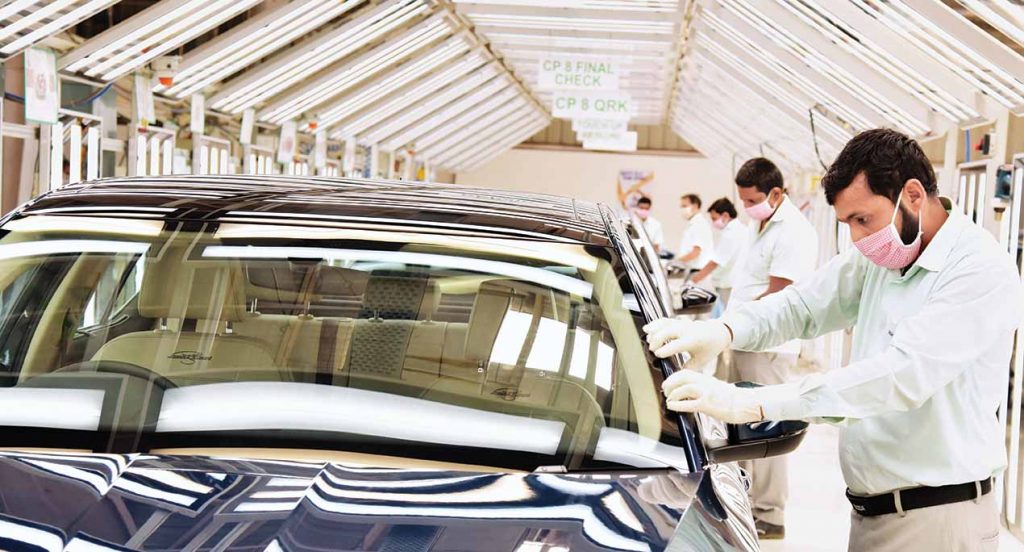
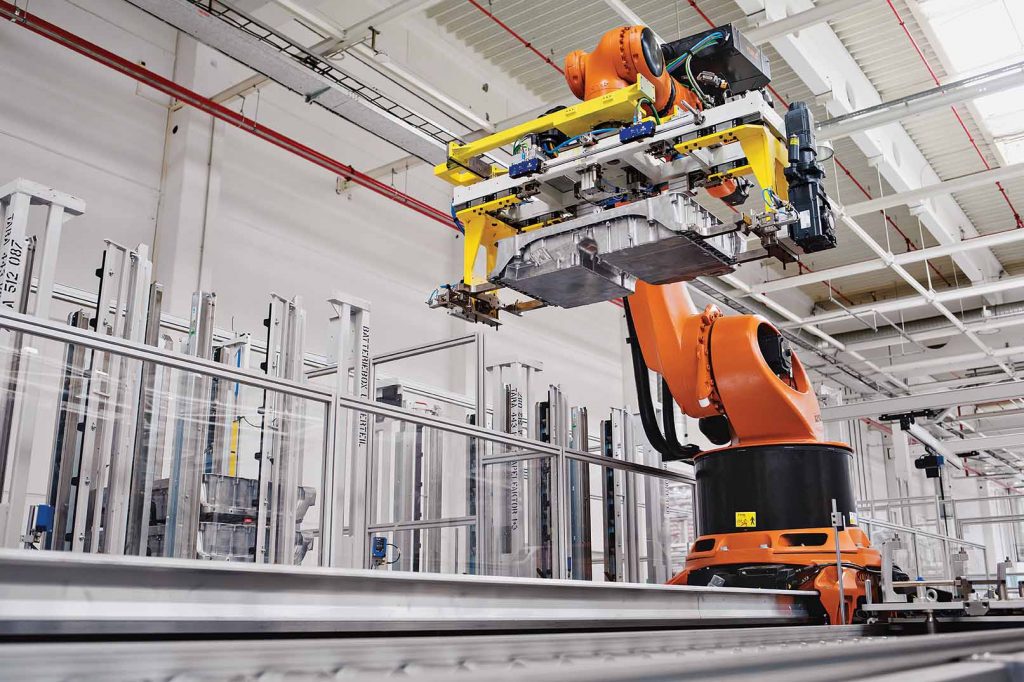




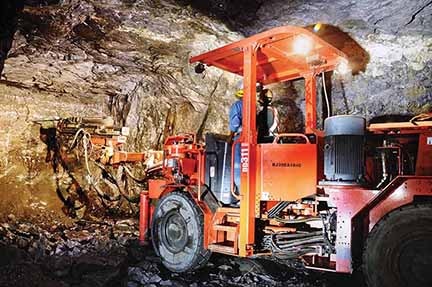


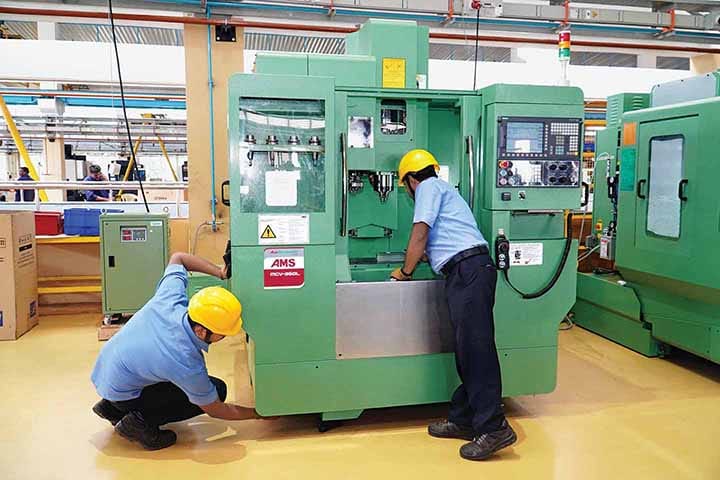



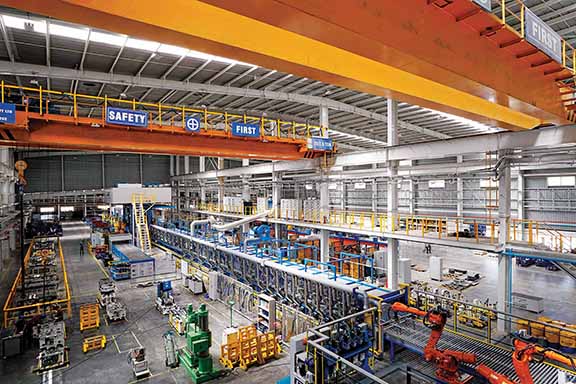

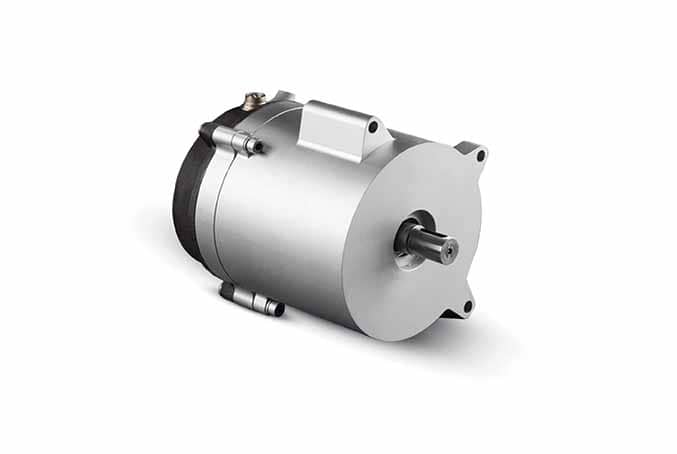



Leave a Reply